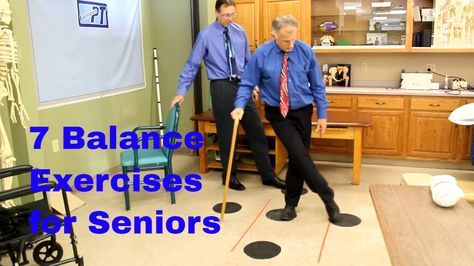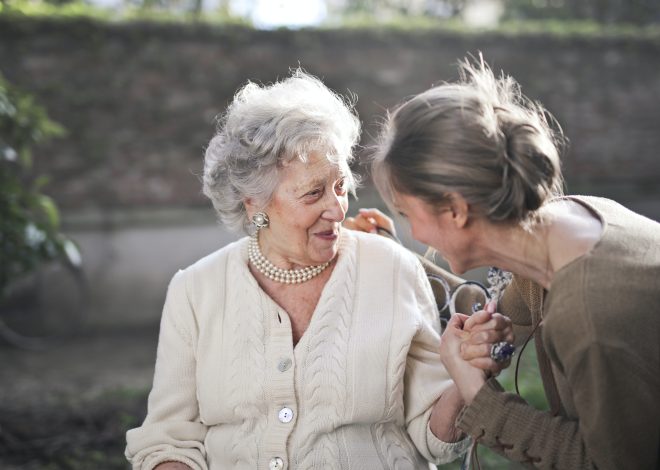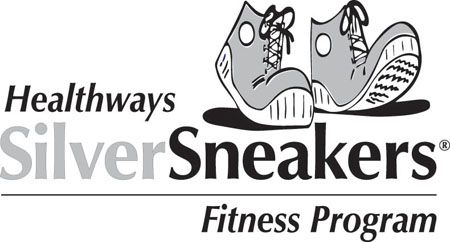
Balance and Fall Prevention for Seniors
As we age, maintaining balance becomes increasingly important for seniors. According to the National Council on Aging, falls are the leading cause of fatal and non-fatal injuries among older adults. However, with a combination of exercise, proper footwear, and creating a safe living space, seniors can significantly reduce their risk of falling.
The Importance of Balance
Maintaining good balance is crucial for seniors as it enhances their ability to perform daily activities independently and reduces the risk of injuries. Balance exercises help improve strength, coordination, and stability, making them an essential component of fall prevention strategies.
Exercise for Balance Improvement
Regular exercise plays a vital role in maintaining balance and preventing falls among seniors. There are various exercises specifically designed to improve balance, such as Tai Chi and yoga. These low-impact activities focus on strengthening muscles, increasing flexibility, and improving posture. It is advisable for seniors to consult with their healthcare provider before starting any exercise program to ensure it is safe and suitable for their specific needs.
The Power of Strength Training
Strength training is another effective method to enhance balance and stability. Engaging in resistance exercises, using resistance bands or weights, helps strengthen the muscles in the legs and core, improving overall body control and reducing the risk of falls. It is essential to start with light weights and gradually increase the intensity to avoid straining muscles or causing joint pain.
The Role of Proper Footwear
Wearing appropriate footwear is crucial for maintaining balance and stability. Seniors should opt for shoes that provide good support, have non-slip soles, and proper cushioning. It is important to regularly check and replace worn-out or ill-fitting shoes to ensure they continue to provide adequate support. Additionally, avoiding high heels and shoes with slick soles can minimize the risk of slips or trips.
Creating a Safe Living Space
Modifying the living space can greatly contribute to fall prevention for seniors. Here are some tips to create a safer home environment:
Remove clutter: Keeping walkways clear of objects such as loose rugs, cords, or furniture can prevent tripping hazards.
Install handrails: Adding handrails on staircases and in the bathroom can provide additional support and stability.
Improve lighting: Ensuring proper lighting throughout the house, especially in hallways and staircases, reduces the risk of missteps.
Use grab bars: Installing grab bars in the bathroom near the toilet and shower helps seniors maintain balance and prevents falls.
Secure carpets: Using double-sided tape or nonslip mats under carpets prevents them from sliding and tripping individuals.
Nutrition for Balance
Proper nutrition plays a vital role in maintaining balance and overall health for seniors. A well-balanced diet that includes sufficient protein, vitamins, and minerals provides the necessary fuel for muscle strength and helps prevent muscle weakness or fatigue. Seniors should ensure they are consuming an adequate amount of essential nutrients and staying hydrated to support their balance and overall well-being.
The Importance of Regular Check-ups
Regular check-ups with healthcare professionals are important for seniors in order to address any potential balance issues timely. Medical conditions, such as inner ear problems or vision impairments, can significantly impact balance. By visiting doctors regularly, seniors can catch these issues early and receive appropriate treatment or guidance to manage their condition effectively.
Conclusion
Balance and fall prevention should be a top priority for seniors. Engaging in regular exercise, strength training, wearing proper footwear, and creating a safe living space are crucial steps in reducing the risk of falls. Additionally, proper nutrition and regular check-ups contribute to overall health and well-being. By incorporating these measures into their daily routines, seniors can enhance their balance, independence, and overall quality of life.


